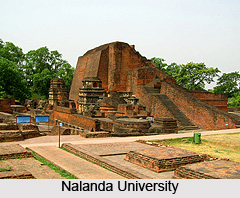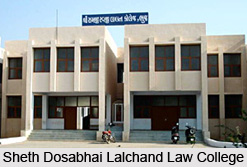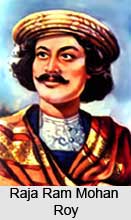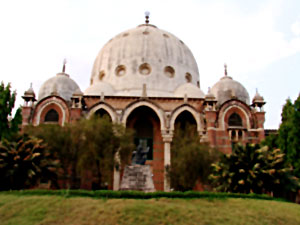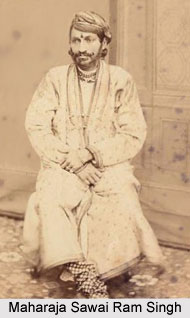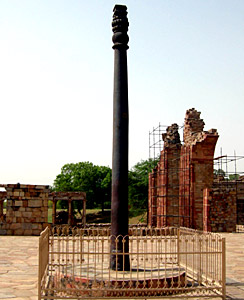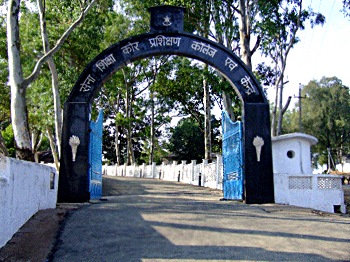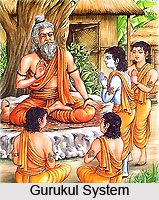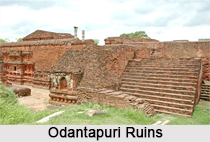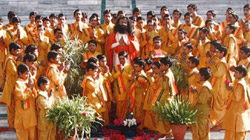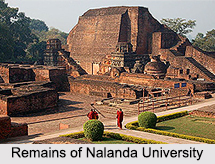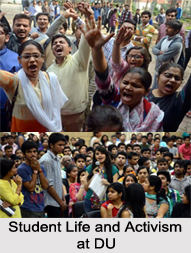 The administration authorities at the University of Delhi, New Delhi, comprise the University Court, the Executive and the Academic Councils and the Finance Committee. The President of India is the Visitor of the University of Delhi, while the Vice President of India is the Chancellor and the Chief Justice of India is the Pro-Chancellor of the university. The administrative bodies and their powers and responsibilities are mentioned hereunder.
The administration authorities at the University of Delhi, New Delhi, comprise the University Court, the Executive and the Academic Councils and the Finance Committee. The President of India is the Visitor of the University of Delhi, while the Vice President of India is the Chancellor and the Chief Justice of India is the Pro-Chancellor of the university. The administrative bodies and their powers and responsibilities are mentioned hereunder.
University Court
The Court is the supreme authority of the University, and has the power to review the acts of the Executive Council and the Academic Council.
Executive Council
The Executive Council is the highest executive body of the University.
Academic Council
The Academic Council is the highest academic body of the University, responsible for the maintenance of standards of instruction, education and examination within the University. It holds the right to advise the Executive Council on all academic matters.
Finance Committee
The Finance Committee is responsible for recommending financial policies, budgets and goals that support the mission, values and strategic goals of the University.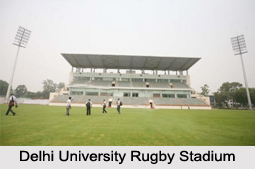
Activities in University of Delhi
The students of the University of Delhi are involved in social and academic activism, at the national and the state levels. One of such students run endeavours is Campus Drift, a student-run newspaper functioning as an information base for the updates regarding all the colleges. There are various MUN circuits associated with Delhi University, holding events throughout the year. Each college has its own annual cultural fest, some of the known ones being "Crossroads" of Shri Ram College of Commerce, "Mecca" of Hindu College, "Renaissance" of Kirori Mal College, "Tryst" of Keshav Mahavidyalaya and "Confluence" held by Hans Raj College.
The Delhi University Stadium is a Rugby 7s stadium, situated within the North Campus. Spread over 10,000 square metres (110,000 square feet), the stadium has a seating capacity of 2,500 permanent seats and 7,500 temporary seats. The construction work began in 2008 and it was inaugurated in July 2010, ahead of the 2010 Commonwealth Games. It also encompasses training area for Netball, Boxing, Women`s Wrestling and Athletics.
After the 2010 Commonwealth Games, the stadium was handed over to the university by the Commonwealth Games Organising Committee. Thereafter in 2011, the university initiated an extensive upgrade plan, to create a multi-purpose arena with both outdoor and indoor facilities. After the completion in late 2011, the university students could access its facilities.
Related Articles:
University of Delhi
Indian Universities
Delhi
Higher Education in India
Colleges in Delhi
University Grants Commission
